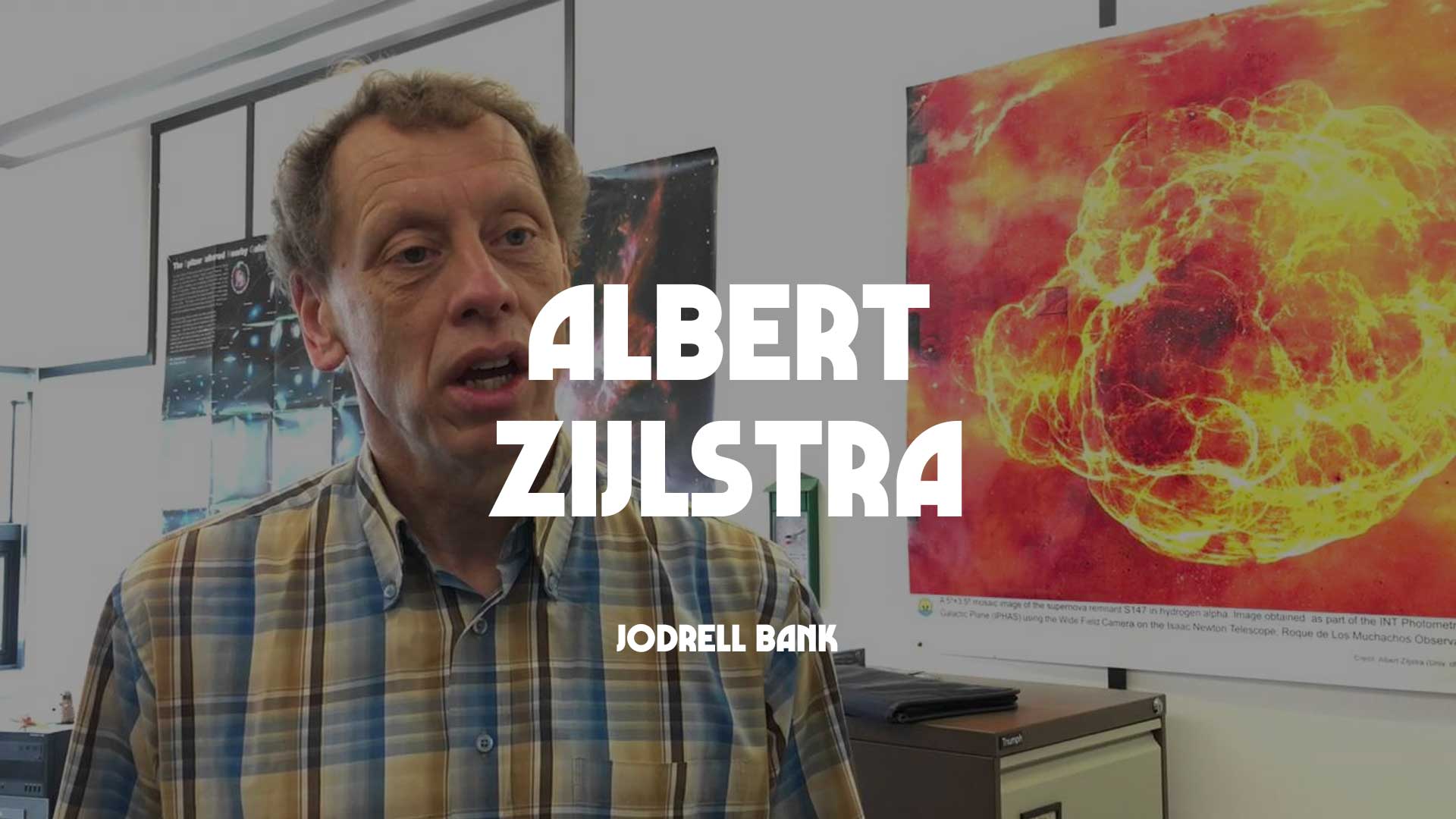
The Life and Death of Stars
Stars can have exciting lives. They are born in large nurseries, from clouds of interstellar gas. At the end of their life they return much of their material back into space. Some stars develop extreme winds, and shroud themselves in the ejected cloud of gas, with only a core of the former star left inside. Others self-destruct in spectacular fashion through supernova explosions which may leave behind a black hole or a neutron star –
or there may be nothing left behind. The remnants of these explosion can remain visible for thousands of years. The talk will go through the birth and death of stars, whilst focussing on the latter.
Albert Zijlstra obtained his PhD from the University of Groningen. He has worked at the National Radio Astronomy Observatory in the US, the South Africa Astronomical Observatory (twice) and the European Southern Observatory before moving to the UK to join first UMIST and later The University of Manchester. He was Director of the Jodrell Bank Centre for Astrophysics between 2010 and 2015. Albert Zijlstra works on late stages of stellar evolution, especially planetary nebulae. He has published over 600 scientific papers.


















